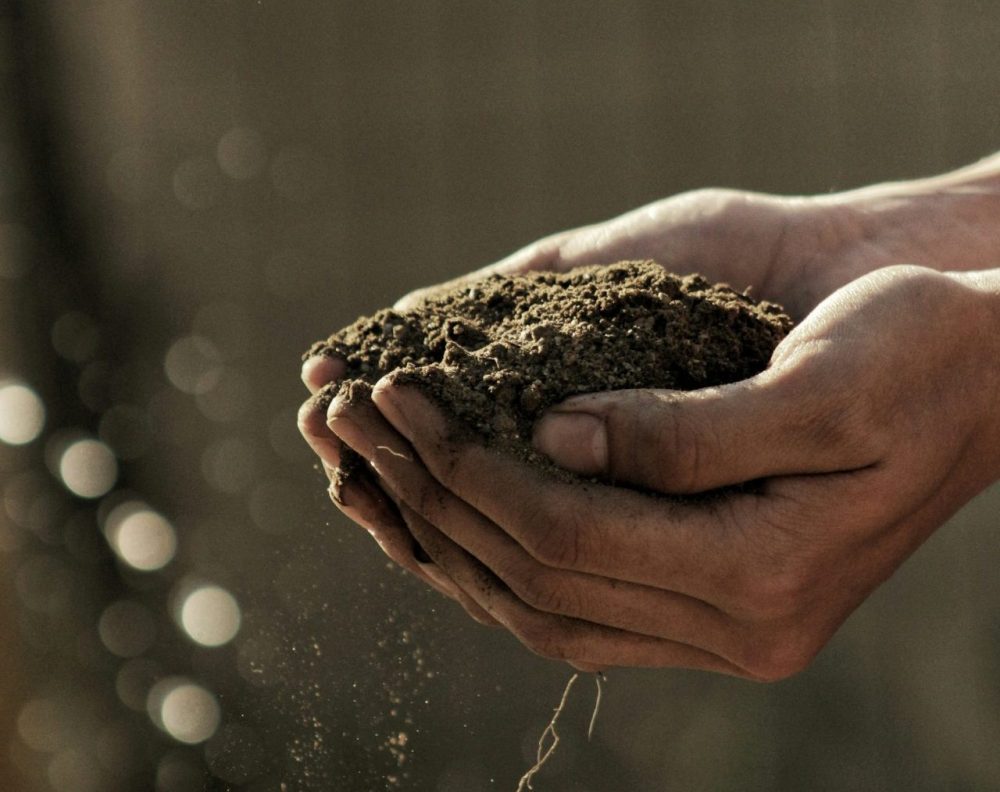When preparing to lay sod, homeowners often contemplate whether incorporating topsoil is necessary. This guide delves deeper into the role of topsoil in sod installation, exploring its potential benefits and considerations to help you make an informed decision.
Enhancing Soil Quality: Topsoil acts as a valuable soil amendment, enriching the substrate with essential nutrients and organic matter. By improving soil structure and fertility, topsoil creates a conducive environment for root growth and nutrient uptake, ultimately supporting the establishment and long-term health of your new sod.
Addressing Soil Deficiencies: In scenarios where native soil lacks vital nutrients or exhibits poor drainage, the addition of topsoil can address these deficiencies and promote favorable growing conditions for sod. The organic content of topsoil enhances soil microbial activity, facilitates nutrient cycling, and improves water retention, thereby mitigating common soil challenges and enhancing sod performance.
Leveling and Conditioning Soil: Beyond its nutritional benefits, topsoil plays a crucial role in leveling and conditioning the soil surface prior to sod installation. Uneven terrain or compacted soil can hinder proper sod placement and root development. Incorporating topsoil helps create a uniform substrate, minimizing surface irregularities and promoting even sod establishment across the lawn.
Considering Site-Specific Factors: The necessity of topsoil supplementation varies based on site-specific factors such as existing soil quality, drainage characteristics, and project budget. In instances where native soil is fertile and well-draining, topsoil may be deemed unnecessary. Conversely, sites with poor soil quality or drainage issues can benefit significantly from the addition of topsoil to improve growing conditions and optimize sod performance.
The decision to include topsoil in sod installation warrants careful consideration of site-specific factors and desired outcomes. While topsoil offers numerous benefits such as enhancing soil fertility, improving drainage, and facilitating uniform sod establishment, its necessity depends on individual project requirements. By evaluating soil conditions and project goals thoughtfully, you can determine whether topsoil supplementation is essential for a successful sod installation and long-term lawn health.
